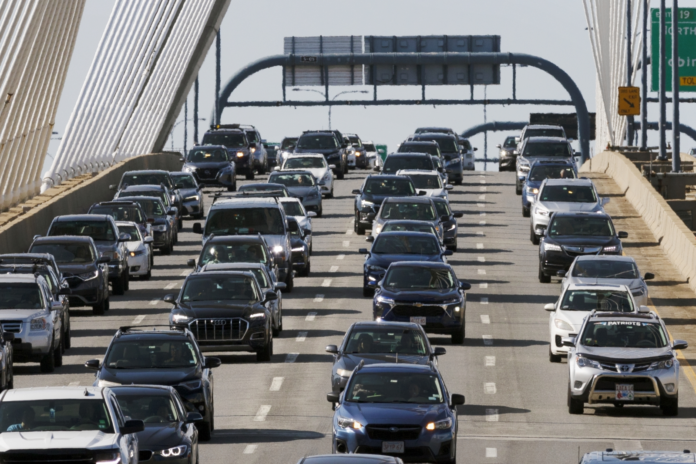
Motorists in Île-de-France faced a particularly grueling morning commute on Thursday, September 25, 2025, as traffic congestion soared to exceptional levels.
By 8:30 a.m., Sytadin.fr reported 400 kilometers of traffic jams across the Paris region — a figure far above the usual 250 kilometers observed at the same time on a typical day.
The congestion, which spread across the entire motorway network, was fueled by a series of simultaneous accidents on some of the busiest arteries leading into and around the capital. The scale of the disruption resembled the gridlock typically associated with peak holiday departures or adverse weather conditions.
One of the most affected routes was the A15 freeway, a crucial link between Paris and the provinces. The road was partially blocked following an accident involving two light vehicles and a heavy goods truck.
One of the four lanes had to be closed, creating a bottleneck that quickly rippled across several kilometers. Regular commuters from the Yvelines and neighboring departments faced considerably extended journey times as they struggled to reach their destinations.
The outer A86 ring road, often referred to as the lifeline of the Paris region’s traffic circulation, was also hit. An accident involving a light vehicle between Rueil and Bougival forced the closure of the right-hand lane.
Although three lanes remained open, the disruption severely impacted traffic flow for residents of Hauts-de-Seine and other western suburbs trying to reach central Paris.
Additional accidents on the A6B and A10 freeways compounded the crisis. These incidents, though smaller in scale, added to the mounting congestion by forcing temporary lane closures. As a result, commuters heading from the south and southwest into the city faced major delays, with travel times extended by up to double the usual duration.
By mid-morning, the domino effect of blocked lanes and heavy congestion left motorists frustrated and exhausted. Many commuters reported delays of more than an hour on typically shorter journeys.
Public transport alternatives, including the RER trains, also experienced heavier-than-usual passenger loads as some travelers abandoned their cars in favor of rail connections.
Authorities worked quickly to clear the affected lanes, but the sheer number of simultaneous incidents made it difficult to restore normal traffic flow.
Road safety experts noted that such chain reactions often stem from a mix of high vehicle density, speeding, and driver inattentiveness during rush hour.
As the Paris region continues to grapple with high traffic volumes, Thursday’s gridlock served as a reminder of the vulnerability of the capital’s road system to even a few well-placed accidents.
For thousands of commuters, the morning commute turned into an obstacle course, underlining the urgent need for improved traffic management and safer driving behavior.
This article was created using automation technology and was thoroughly edited and fact-checked by one of our editorial staff members